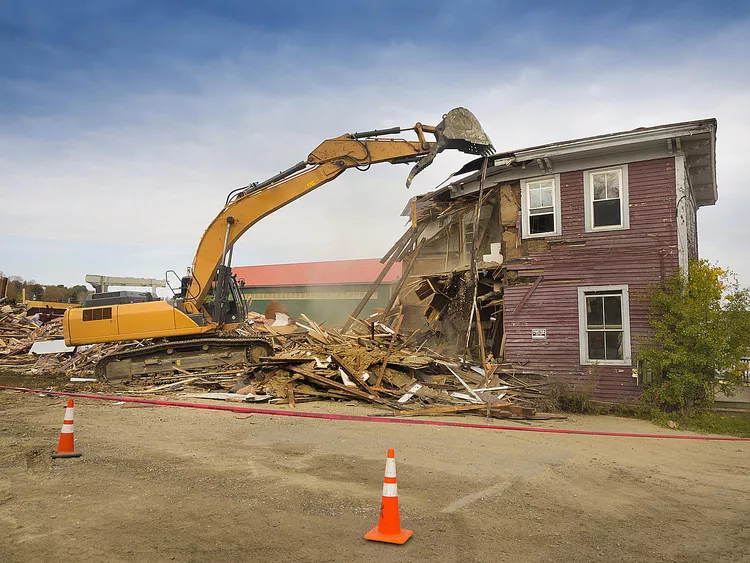The Controversy Surrounding Demolishing Vacant Buildings for Unauthorized Housing Development in 2023
In urban areas around the world, the issue of vacant and derelict buildings is a persistent challenge. These structures not only contribute to urban blight but also create safety hazards and deter economic development. As cities grapple with solutions to repurpose these vacant properties, an alarming trend has emerged in 2023. The unauthorized demolition of vacant buildings to construct flats or houses without proper planning permission. This controversial practice has ignited debates about urban development, property rights, and the rule of law.
The Trend of Unauthorized Demolition
As housing demands increase and urban spaces become scarcer, the temptation to circumvent legal channels and demolish vacant structures to make way for new developments has grown. Property owners and developers might see this as a quick way to address the housing crisis. Particularly in areas where obtaining planning permission is notoriously difficult or time-consuming.
However, unauthorized demolition poses numerous challenges to the community, the environment, and the established legal framework for urban development.
- Legal and Regulatory Concerns: Planning permission is a crucial aspect of urban development, as it ensures that new projects adhere to zoning regulations, building codes, and environmental standards. Unauthorized demolition undermines this process and disregards the need for community input and oversight.
- Safety and Infrastructure: Demolishing a building without proper permits can lead to unsafe construction practices. The absence of regulatory oversight might result in inadequate safety measures, substandard materials, and poor infrastructure. Which could pose risks to residents, neighbors, and the surrounding environment.
- Urban Aesthetics and Historic Preservation: Unauthorized demolition can also negatively impact the aesthetic and historical character of neighborhoods. Vacant buildings might hold architectural or cultural value, and their destruction without due consideration can erode the unique identity of an area.
- Community Engagement: When developers sidestep planning permission, they bypass opportunities for community engagement and input. This can lead to increased mistrust between developers and the community, hindering the collaborative approach needed for sustainable urban development.
- Environmental Impact: Unauthorized demolition can contribute to environmental degradation by generating additional waste and construction debris that may not be properly managed or recycled. This undermines efforts to promote sustainability and minimize ecological footprint.
Addressing the Issue
Cities need to address the root causes driving property owners and developers to demolish vacant buildings without proper permission. Here are some potential strategies:
- Streamlined Planning Processes: Municipalities should work on simplifying and expediting the planning permission process. This can reduce the incentive for developers to opt for unauthorized demolition due to delays and bureaucratic hurdles.
- Incentivizing Repurposing: Offering incentives to property owners to repurpose vacant structures can encourage the preservation of historical and architectural value while meeting housing demands.
- Public Awareness Campaigns: Educating the public about the importance of planning permission, community involvement, and sustainable development can create a stronger understanding of the consequences of unauthorized demolition.
- Stricter Penalties: Enforcing stricter penalties for unauthorized demolition can deter developers from taking shortcuts and violating the law.
- Collaborative Development: Local governments, developers, and communities should work together to develop solutions that address housing needs while respecting legal and environmental standards.
Conclusion
The practice of demolishing vacant buildings without planning permission in 2023 is a complex issue that highlights the tensions between urban development, property rights, and regulatory frameworks. While addressing the housing crisis is essential, it must be done in a way that respects legal processes, community involvement, and environmental sustainability. Striking a balance between these factors is vital for creating vibrant, safe, and thriving urban spaces that meet the needs of both present and future generations.






